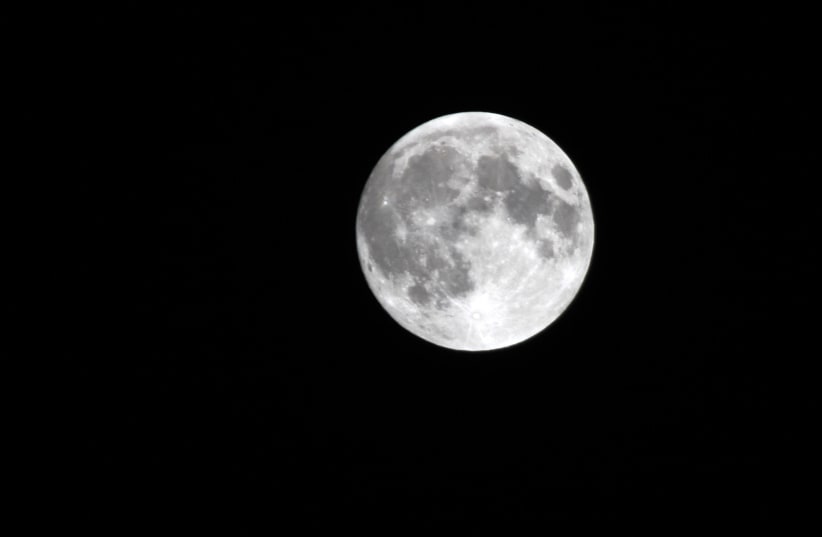Five tiny robots designed and made in Mexico will blast off for the moon later this year, part of a first-of-its-kind scientific mission that envisions the two-wheeled bots scrambling across the lunar surface while taking sophisticated measurements.
Fully synchronized robots
The so-called nanorobots developed by researchers at Mexico's National Autonomous University (UNAM) will work together like a swarm of bees, the senior scientist told Reuters, once they make the nearly 240,000 mile (386,000 km) trip from earth aboard a rocket from closely held US firm Astrobotic Technology.
The mission is poised to launch on a United Launch Alliance Vulcan rocket and would be the first American spacecraft to land on the moon in nearly 50 years.
"This is a small mission where we'll test the concept, and afterwards we'll undertake other missions, first to the moon and then on to asteroids," said Gustavo Medina Tanco, a UNAM scientist who heads the Colmena project, which means "beehive" in Spanish.
Medina Tanco explained that the bots, made of stainless steel, titanium alloys and space-grade aluminum, are equipped to gather lunar minerals that could be useful in future space mining.
A month-long visit to the moon
On a recent tour of UNAM's space instruments lab, Colmena team members tested a launch device for the wafer-thin almost 5-inch-diameter (12 cm) disk-shaped robots, which are designed to communicate with one another as well as with an earth-based command center.
The bots are scheduled to launch in June on Astrobotic's Peregrine lander, originally developed for Google's Lunar-X-Prize.
During their month-long mission, the nano robots will take first-ever lunar plasma temperature, electromagnetic and regolith particle size measurements, according to an UNAM article on the project published earlier this month.
Medina Tanco expressed pride about the upcoming mission, that also included contributions from some 200 engineering, physics, math and chemistry students.
"No one has done this, nobody, not just in Mexico," he said.
"We can make a difference in the technology and for international cooperation that can then lead to important joint ventures to study the minerals or undertake other scientific exploration."

